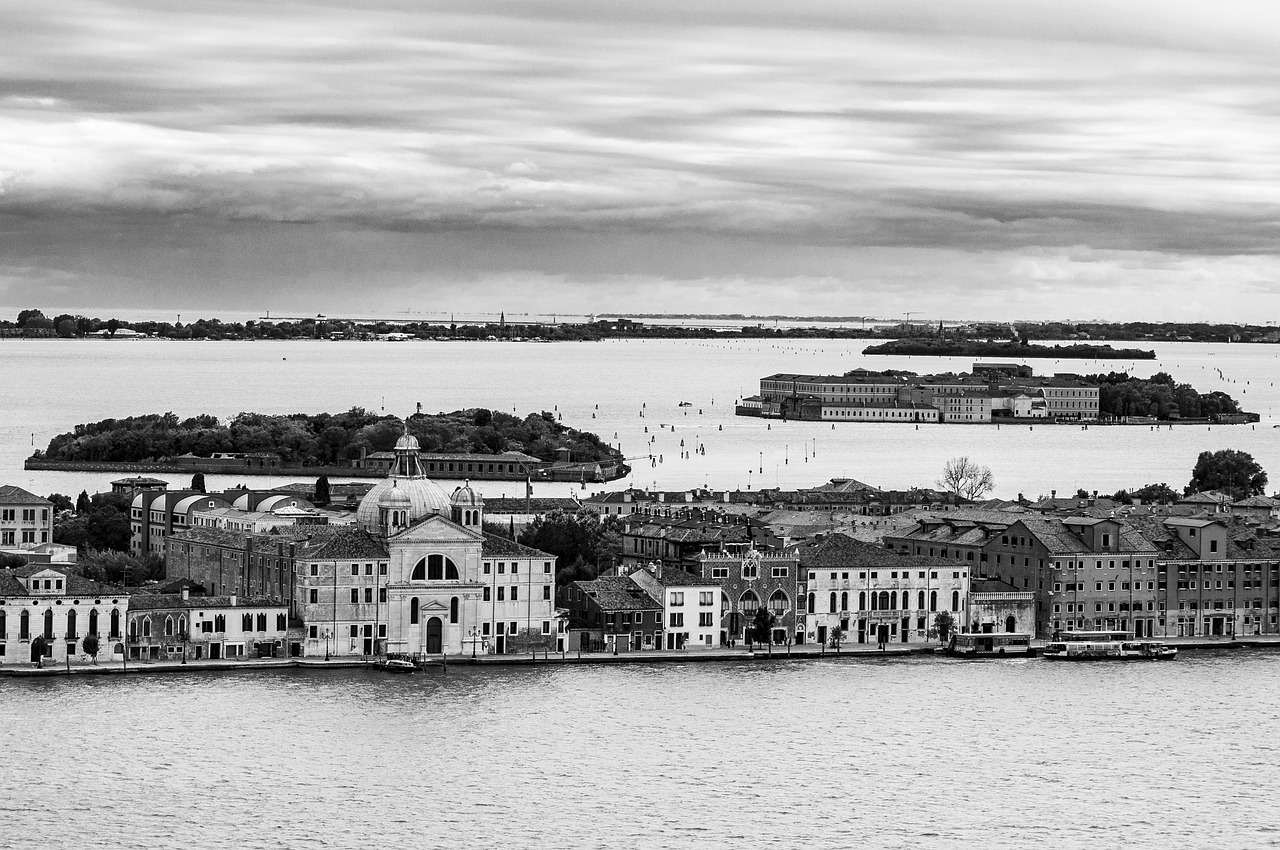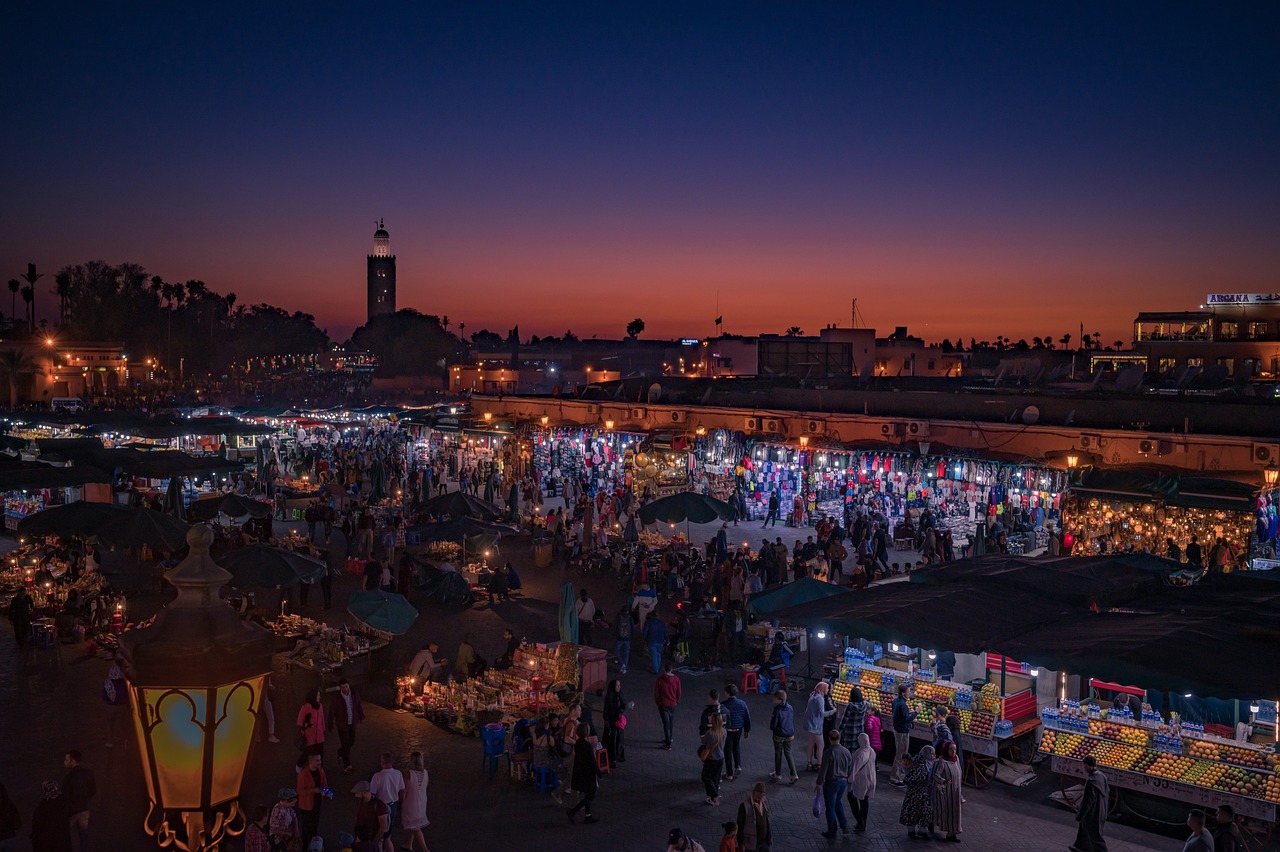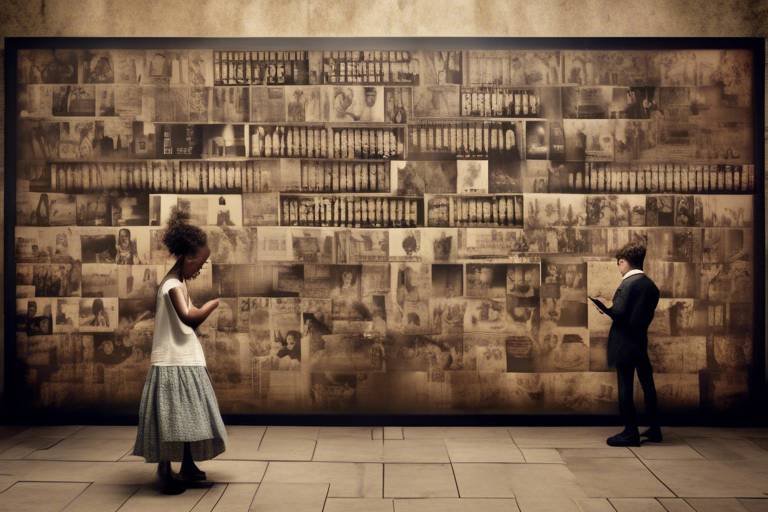The Role of Digital Media in Heritage Promotion
When it comes to promoting and preserving cultural heritage, digital media has revolutionized the way we connect with our past. Through the innovative use of technology, heritage sites and traditions are brought to life in ways that were once unimaginable. From virtual tours to augmented reality applications, digital media platforms have opened up a world of possibilities for enhancing global awareness and accessibility to diverse historical narratives.
One of the most impactful tools in this realm is virtual tours and 360° videos. These immersive experiences allow audiences to explore heritage sites from the comfort of their homes, offering interactive ways to engage with history. By fostering interest and engagement in cultural preservation efforts, these digital experiences play a crucial role in keeping our heritage alive for future generations.
Social media campaigns have also played a significant role in promoting cultural heritage on a global scale. Through platforms like Facebook, Instagram, and Twitter, organizations can share stories, raise awareness, and engage with audiences worldwide in real-time. This instant connectivity enables heritage promotion efforts to reach a vast and diverse audience, sparking conversations and fostering appreciation for our shared history.
Augmented reality applications take heritage exploration to a whole new level by overlaying digital information onto physical sites. By providing visitors with educational insights and enhancing their experiences, these innovative tools bridge the gap between the past and the present, making history come alive in a tangible way.
Digitizing artifacts and creating online exhibitions and archives have made cultural heritage more accessible than ever before. By preserving historical records in a digital format, these initiatives ensure that our heritage is safeguarded for future generations. This not only promotes cultural appreciation but also fosters a deeper understanding of our collective past.
Interactive educational tools and apps are another vital component of heritage promotion. By offering in-depth knowledge about heritage sites, traditions, and artifacts, these tools cater to a wide range of audiences, including students and tourists. Through interactive learning experiences, these applications inspire curiosity and appreciation for our rich cultural heritage.
Podcasts and webinars provide a platform for experts and enthusiasts to share insights and stories about cultural heritage. By discussing various aspects of our shared history, these audio and video formats engage audiences in meaningful conversations and showcase the beauty and significance of our cultural heritage.
Mobile applications designed for heritage exploration offer users a personalized experience when visiting historical sites. With features like location-based information, audio guides, and interactive maps, these apps enhance the visitor experience and promote cultural tourism, encouraging more people to explore and appreciate our heritage.
Finally, digital storytelling and animation breathe new life into historical narratives, captivating audiences with engaging visuals and narratives. By blending technology with storytelling, these creative mediums highlight the beauty and significance of cultural heritage, sparking curiosity and inspiring a deeper connection to our shared past.

Virtual Tours and 360° Videos
Exploring how digital media platforms are utilized to promote and preserve cultural heritage sites and traditions, enhancing global awareness and accessibility to diverse historical narratives.
Immersive experiences through virtual tours and 360° videos offer interactive ways for audiences to explore heritage sites remotely, fostering engagement and interest in cultural preservation efforts. These technologies allow viewers to experience historical sites as if they were physically present, providing a unique and engaging perspective. By virtually transporting individuals to these locations, digital media enhances the accessibility and appreciation of cultural heritage, breaking barriers of physical distance and time constraints.

Social Media Campaigns
Social media campaigns have revolutionized the way cultural heritage is promoted and shared with the world. Platforms like Facebook, Instagram, Twitter, and TikTok have become powerful tools for raising awareness about historical sites, traditions, and stories. Through compelling visual content, engaging captions, and interactive features, organizations and individuals can reach a global audience in real-time. Social media enables direct interaction with followers, allowing for immediate feedback and engagement, creating a sense of community around cultural heritage.

Augmented Reality Applications
Augmented Reality (AR) applications have revolutionized the way we interact with cultural heritage sites. By seamlessly blending the physical world with digital overlays, AR provides visitors with a unique and immersive experience that enhances their understanding of historical contexts. Imagine walking through ancient ruins and seeing virtual reconstructions overlaid on the existing structures, allowing you to visualize how these sites looked centuries ago. This innovative technology not only enriches the visitor experience but also serves as a powerful educational tool, offering valuable insights into the significance of heritage sites.

Online Exhibitions and Archives
Exploring how digital media platforms are utilized to promote and preserve cultural heritage sites and traditions, enhancing global awareness and accessibility to diverse historical narratives.
Digitalizing artifacts and creating online exhibitions and archives play a crucial role in making cultural heritage accessible to a broader audience. By preserving historical records in a digital format, these platforms not only safeguard the past but also promote cultural appreciation and understanding. Through online exhibitions, individuals from around the world can explore and learn about different aspects of heritage without physical limitations. These virtual showcases provide a unique opportunity to delve into the rich history and significance of cultural artifacts, offering a glimpse into the past that transcends geographical boundaries.

Interactive Educational Tools
Interactive educational tools play a crucial role in enhancing the understanding and appreciation of cultural heritage among diverse audiences. By offering immersive experiences and in-depth knowledge about heritage sites, traditions, and artifacts, these tools serve as valuable resources for both students and tourists alike. Through interactive apps and platforms, users can delve into historical contexts, explore archaeological findings, and engage with cultural narratives in a dynamic and engaging manner.

